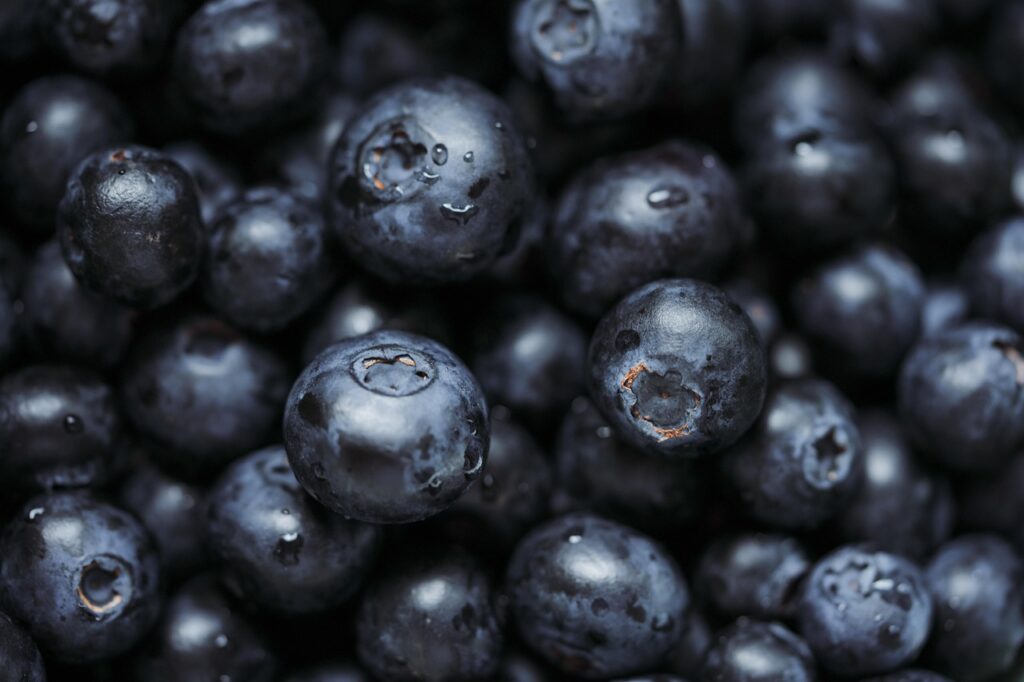Understanding a Balanced Diet for Pets
Understanding what makes up a balanced diet for pets requires knowledge of their specific nutritional needs. This section breaks down essential nutrients and correct serving sizes for dogs and cats.
Essential Nutrients for Dogs and Cats
Pets depend on various nutrients for optimal health. Dogs need proteins, carbohydrates, fats, vitamins, minerals, and water. Chicken, beef, and fish provide high-quality proteins, while oatmeal and brown rice offer necessary carbohydrates.
Fats from sources like fish oil support skin health. Vitamins A, D, and E, and minerals like calcium and phosphorus, play vital roles in their well-being.
Cats, being obligate carnivores, require more proteins and fats. Meat-based proteins such as:
- poultry
- fish
- liver
are crucial. Taurine, an amino acid, is essential for heart and eye health.
Omega-3 and omega-6 fatty acids found in fish oil are important too. Vitamin A and niacin are also necessary since cats can’t synthesize them efficiently.
Importance of Proportions and Serving Sizes
Feeding the right proportions of nutrients ensures pets stay healthy. Incorrect serving sizes can lead to obesity or malnutrition. Use body weight and activity level to determine appropriate portions.
For instance, an active 50-pound dog typically needs 1,200-1,400 calories a day, while a less active one might need 900-1,000 calories.
Cats’ dietary needs differ. An average 10-pound indoor cat requires around 200-220 calories daily. Adjustments might be necessary based on age, health status, and activity.
Portion sizes in terms of cup measurements help maintain consistency. Using feeding guidelines on pet food labels provides a useful starting point.
Choosing the Right Pet Food
Selecting the best food for your pet is vital for their health and well-being. It’s essential to evaluate both commercial options and homemade meals.
Evaluating Commercial Pet Foods
Read labels carefully on commercial pet foods. Look for the first ingredient, as it often indicates the primary protein source. Avoid products with high amounts of fillers like corn or soy.
Ensure the food meets AAFCO standards, which confirm balanced nutrition. Choose brands that offer specific formulations for your pet’s age, size, and health needs.
Check for recalls regularly. Even reputable brands face recalls. Look up customer reviews and consult your veterinarian before making a decision. Some high-quality brands include Royal Canin, Hill’s Science Diet, and Orijen.
Benefits of Homemade Pet Meals
Homemade pet meals allow control over ingredient quality and portions. Fresh ingredients provide better nutrient absorption than processed foods. Tailor recipes to address specific health conditions, such as low-fat diets for pancreatitis or high-protein meals for active pets.
Use balanced recipes from reputable sources like veterinary nutritionists. Include essential nutrients like calcium and taurine to prevent deficiencies. Regularly review your homemade meal plans with your veterinarian to ensure all nutritional needs are met.
Special Dietary Considerations

Pets often have specific dietary requirements. Understanding these needs helps maintain their health and well-being.
Age-Specific Diet Needs
Pets’ nutritional needs change as they age. Puppies and kittens require higher protein and fat levels to support growth. They also need specific minerals like calcium and phosphorus for bone development. For instance, Hill’s Science Diet Puppy provides balanced nutrition tailored for young pets.
Adult pets need fewer calories and moderately higher protein. These diets maintain muscle mass without promoting weight gain. A brand like Royal Canin Adult meets these requirements.
Senior pets need fewer calories but higher fiber. Fiber aids digestion and prevents obesity. Orijen Senior is an excellent option, offering both high-quality proteins and fiber.
Managing Dietary Health Conditions
- Certain health conditions necessitate specialized diets. Diabetic pets benefit from low-carb, high-protein diets. Blue Buffalo Wilderness offers suitable options for managing diabetes through controlled ingredients.
- Pets with kidney disease need low-phosphorus and low-protein diets. Hill’s Prescription Diet helps manage kidney health effectively. Additionally, adding Omega-3 fatty acids assists in reducing inflammation.
- Allergic pets require hypoallergenic diets to prevent skin issues and digestive problems. Brands like Royal Canin Veterinary Diet offer hydrolyzed protein formulas, which reduce allergenic potential.
- Weight management is crucial for obese pets. Low-calorie, high-fiber diets aid in weight loss. Hill’s Metabolic + Mobility supports weight reduction while promoting joint health.
By understanding these specific dietary needs, you can ensure optimal health and longevity for your pets.
Tips for Transitioning to a New Diet
Smooth transitions to a new diet can mitigate the risk of digestive issues and ensure your pet’s acceptance of different foods.
Introducing New Foods Gradually
Introduce new foods gradually to avoid upsetting your pet’s stomach. Start by mixing a small amount of the new food with the current diet.
Over a week, increase the proportion of new food and decrease the old one. For example, begin with 75% old food and 25% new food, shifting to a 50/50 mix by mid-week and then 75% new food by the week’s end. Gradual changes help pets adjust without experiencing significant digestive upset.
Monitoring Your Pet’s Reaction to Diet Changes
Monitor your pet’s reaction to diet changes to ensure the new food meets their health needs. Observe signs like changes in appetite, stool consistency, energy levels, and coat condition.
For instance, if their stool becomes loose or they show lethargy, it might indicate the new diet doesn’t suit them. Consult your vet if you notice adverse reactions, as they may recommend adjustments or alternative diets to meet your pet’s specific needs.


